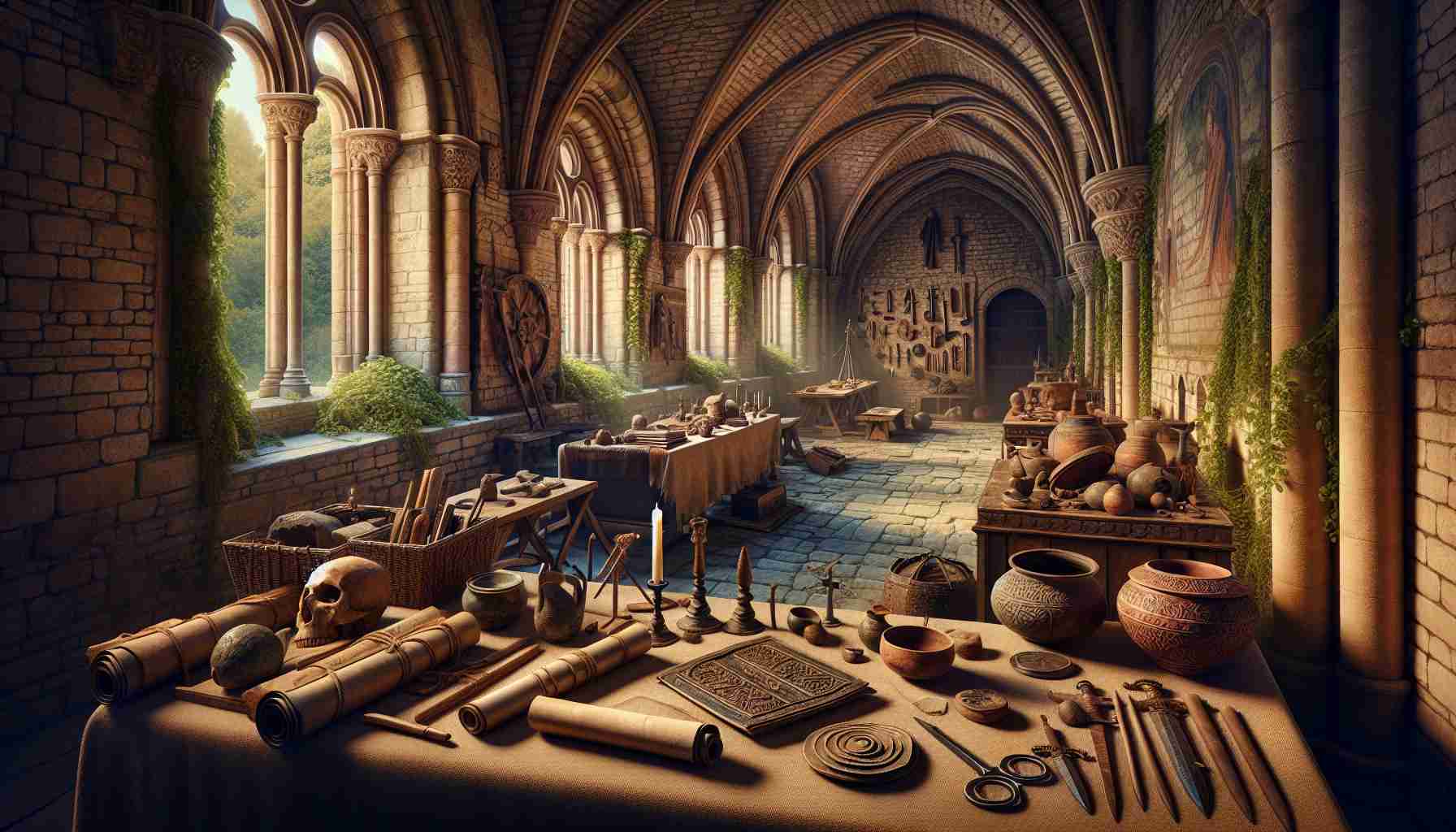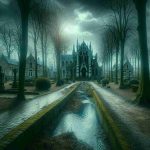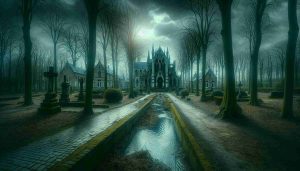
Medieval Discoveries in Abdij van Park, Leuven
Newly Uncovered Treasures in Abdij van Park
The ongoing restoration efforts at Abdij van Park in Leuven have unveiled an unexpected treasure trove dating back over 800 years. Hidden behind layers of plaster, ancient murals have been discovered in various parts of the abbey, shedding light on its rich history.
Restoration Progress
As the restoration project nears its completion, scheduled for 2026 after 15 years of meticulous work, the historic abbey is poised to be fully restored to its former glory. The final phase currently underway focuses on the east wing and infirmary, which will be transformed into living quarters for Norbertine monks and students of KU Leuven. Additionally, the ground floor and attic of the east wing are being repurposed into a museum space and meeting hall.
Remarkable Revelations
Notably, the most remarkable aspect of the restoration has been the unearthing of medieval architectural traces and 13th-century murals in spaces such as the chapter house, treasury, stairwell, church wall, and archives.
Historical Depictions
Among the discovered murals is a depiction of “Moses and his brother Aaron,” showcasing vibrant colors despite some fading over time. These intricate artworks depict various biblical scenes, providing a glimpse into the stories they narrate.
Future Discoveries
Excitement mounts as experts speculate the possibility of uncovering more hidden murals within the abbey. Plans are already in motion to carefully reveal, restore, and eventually exhibit these newfound treasures to the public, offering a unique window into the medieval past of Abdij van Park.
Exploring the Unseen Depths of Abdij van Park’s Medieval Secrets
While the ongoing restoration of Abdij van Park in Leuven continues to unveil its ancient treasures, there are additional intriguing facts and questions surrounding this historic site that merit exploration. Delving deeper into the history and significance of the abbey opens up a world of new discoveries and challenges.
Unraveling Mysteries
One of the key questions that arise is the exact origins of the medieval murals found within Abdij van Park. What stories do these intricate artworks tell, and what insights can they provide into the lives and beliefs of the individuals who inhabited the abbey centuries ago? By piecing together fragments of history through these murals, researchers aim to shed light on the cultural and religious practices of the medieval community.
Architectural Significance
Beyond the murals, there are architectural nuances and structural elements in Abdij van Park that deserve attention. How did the design of the abbey evolve over time, and what materials were used in its construction? Exploring the architectural history of the site can uncover valuable information about medieval building techniques and the societal influences that shaped the abbey’s layout.
Preservation Challenges
Preserving and showcasing these newfound treasures come with their own set of challenges. How can conservation efforts ensure the long-term protection of delicate murals while making them accessible to the public? Balancing conservation needs with the desire to share these historical artifacts with a wider audience presents a nuanced dilemma for curators and preservationists alike.
Benefits and Drawbacks
The advantage of uncovering medieval discoveries in Abdij van Park lies in the opportunity to glimpse into a bygone era and deepen our understanding of medieval life and culture. These revelations provide a tangible link to the past and enrich our appreciation of historical heritage. However, the downside may manifest in the complexities of preserving fragile artifacts and maintaining the delicate balance between conservation and public engagement.
As interest in the medieval treasures of Abdij van Park grows, it is essential to navigate the challenges and controversies that may arise, ensuring that these ancient wonders are safeguarded for future generations to appreciate.
For further exploration on medieval discoveries and historical preservation, visit KU Leuven.

















